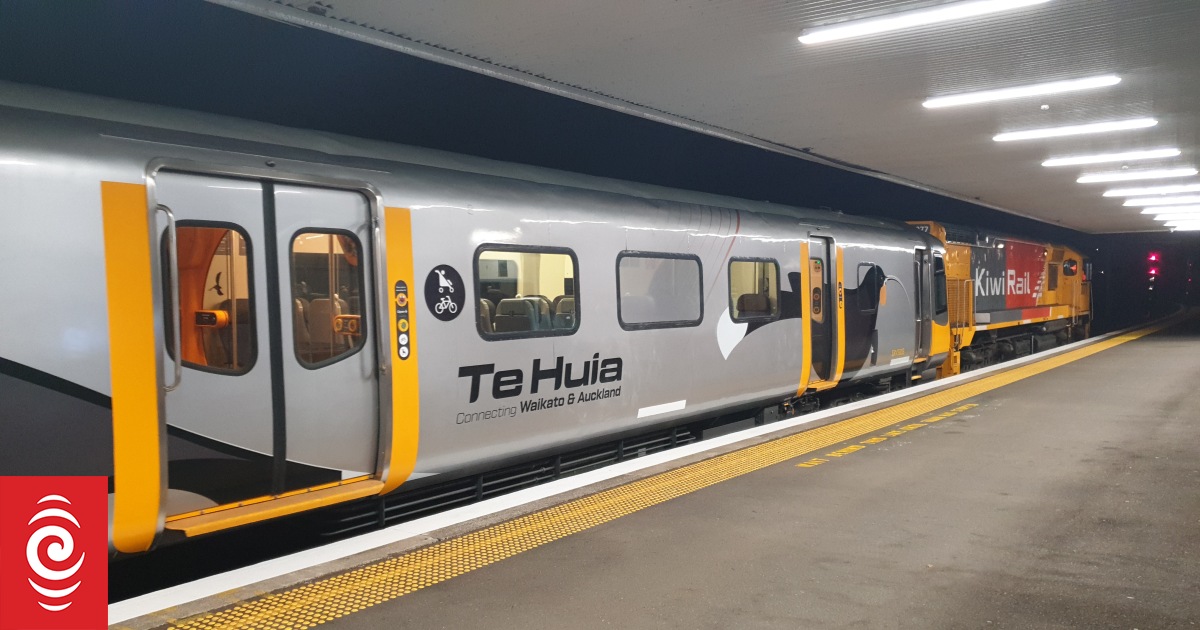The Te Huia train has been temporarily banned from operating in Auckland following two incidents.
In a statement, Waka Kotahi said it had issued the prohibition notice to KiwiRail, preventing Te Huia passenger rail service from entering the Auckland metro area because of recent Signal Passed at Danger (SPAD) incidents.
The notice meant Te Huia’s route, which usually ended at The Strand in Parnell, would terminate at Papakura from this afternoon.
Buses would replace the trains within the Auckland metro area.
Waka Kotahi said two SPAD incidents had been reported by KiwiRail involving Te Huia this year as it travelled between Hamilton and Auckland.
"A SPAD A event is defined as an incident when the train driver has failed to obey a red signal and has entered a section of track where there is the potential for conflict with another rail service.



There’s lots of options, but they come with differencing costs, effectiveness, reliability, compatibility, and ability to handle lots of traffic. It’s a spectrum all the way from fully automated operation (like you see in some overseas metros), down to ‘be ready to stop if you see something’ (goods yards).
Auckland has ETCS Level 1, which provides cab signaling and speed limit info, and stops trains before they can SPAD or over speed. But the equipment is only fitted to the EMUs, not locos. The train needs to know all its braking characteristics and the track slopes etc., or you have lots of false activations.
Wellington has conventional signaling, with tripcocks at critical signals. These raise a lever on the trackside when the signal is at danger, which trips a valve applying the brakes if a train passes it. Again, only on EMUs. A complete redo of the signaling interlocking, along with the installation of ETCS L1 (or similar?) and wrong line running is expected in Wellington in the next decade
Main trunk lines are mostly conventionally signaled, with limited cab signaling in the central NIMT (installed with the 80s electrification). Branch lines are often Track Warrant Control, meaning you radio the signaller to get permission for each section of line.